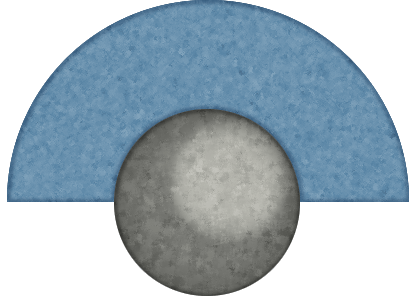Back in 3rd edition D&D part of the worldbuilding was done through Gods. Rather than give every single god a particular unique mechanic as was the trend in second edition (the rarely-spoken-of-on-this-blog 2e, for fear Lorraine Williams will sue me, on the internet), this was handled by creating a set of tools available for every god,and that god gave you a handful of them.
This gave Clerics options to pick and choose the ways they differed from one another in what was, honestly, one of the best mechanical packages in the game for conveying character and a meaningful distinction between how this cleric and that cleric differed. This system, known as the Domain system also got to play into the world building, where the designers could construct a list of spells and a special ability and bam, you now have a new domain that a god can represent.
But there’s also a measure of care to be taken with that. The more domains you have, and the more they overlap, the more careful you have to be about who does or doesn’t which domain. A strength domain and a might domain kinda do the same thing as one another, and that seems unnecessary. That meant that the domain list didn’t expand too fast (in the core 3e rules), though of course, third party publishers went hambones on it and you wound up with a lot of silly options, most of which seemed overpowered. Adding domains had to be done sparingly, and often was either a single god with a single bespoke domain like Scalykind, or a book introducing a domain and listing previous gods who may have some use for it. It’s not like you’d introduce a dozen new domains and then show an entire pantheon to cover that.
But.
There’s always the god-loving Forgotten Realms setting.
The Forgotten Realms is sick with gods. It’s fundamental to everything in the setting. There’s a god of magic, but also a god of how the magic interacts with things, so it’s a bit like your ISP charging you for line rental. Every culture has a pantheon though suspiciously, it’s the elves that get the most attention. When we got a 3rd edition book on the Pantheon of Faerun, it was called Faiths & Pantheons and included things like the monster stats of these gods, which was
such a bad idea.
Anyway, this is where we got an enormous profusion of gods, and with it, they added a host of domains that they thought were missing.
And we didn’t get a Love domain.
I know, I was surprised too, in hindsight! But no, there’s no Love domain. Instead, we get the Lust domain, which was shared across four gods, who were all also described as having Love as part of their portfolio; while the Lust domain was mechanically distributed, it was a common factor for the four gods who were also said to have Love, but didn’t have a Love domain to back that up. These were Kilitzi, Sehanine Moonbow, Sheela Peryroyl and friend of the blog Sune. Kilitzi is a Maztican God, which is to say, she’s from the grand land of Over There, a place called Maztica where you get uh, the vegetable ‘Mayz.’
Ah, yes.
Sehanine is an elf god, and she deserves special mention for being, well, related to elves. Elf gods had the Elf domain. The elf domain was one of the most powerful domains in the game. Sehanine also had the Travel domain, one of the most powerful domains in the game. What I’m saying is, for reasons unrelated to the love part of her portfolio, Sehanine let you build a fantastically strong character, though also, that strength had fuck-all to do with being a goddess of love. Sheela was a halfling goddess, of uh, halflings being friends with halflings, and because she wasn’t hot, nobody cared to draw art of her in third edition. Then there’s Sune, who we’ve already covered.
This is the nature of the Love domain: Four out of hundreds of gods, no mechanically specific importance attached to love, but a mechanical importance attached to Lust, as a part of that domain. The clerics of these gods are presented as healers and negotiators, and when we get the specific information, they’re often nonviolent or required to avoid conflict.
They’re also all fucking healers.
There is no love and rage. There is no strength derived from love. There is no love inspiring one to create, no loving accordance or memory. Love is not something tied to motivation, nor is love something that one encourages. Love is something present and ambient, which is mechanically encouraged to not do much. It is not about conflict, because you are, what, overwhelmed with love?
Based on this, we must say that in the Forgotten Realms, the ideology of love is wusses that suck ass.
Get better gods.
Get gods worth loving.


